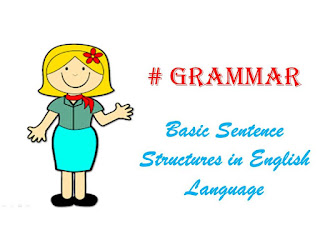I’m sorry
You can use this expression after you have in some fashion offended an individual (by stepping on his or her toes, bumping into the person, or saying the wrong thing). “I’m sorry” can be used for the most trivial or the most serious offense. Your tone and expression will indicate the depth and sincerity of your feeling.
Excuse me
You can use the expression when you approach a stranger for assistance; to warn people that might inconvenience them (when fighting your way through a crowd, for example); or after you have made some minor blunder that does not necessarily offended an individual (such as burping). If you pronounce the phrase as a question (i.e., you use rising intonation), then it means “please, repeat.”
Pardon me?
Use this expression when you don’t understand what someone just said.


























